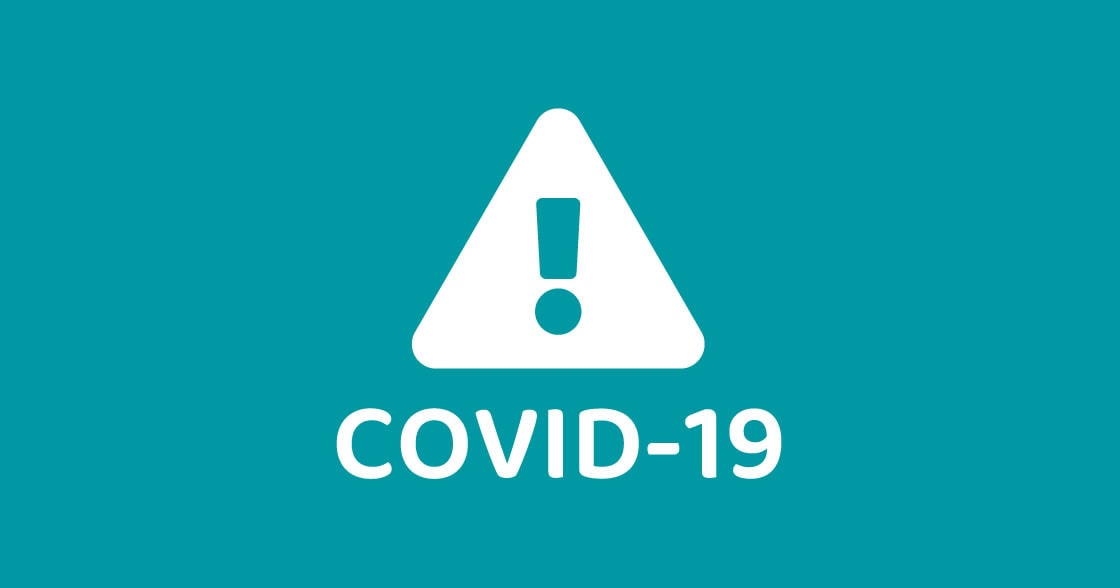
Information on dementia, psychogeriatric level residents from Rosewood who were relocated to Burwood
Please attribute comment to Dr Sue Nightingale, Incident Controller, Canterbury DHB Emergency Coordination Centre
The residents with dementia, psychogeriatric level, who were relocated to Burwood Hospital earlier in the week were not moved to Burwood because they needed to be admitted into hospital.
They were moved as they needed to be in a bigger facility where they could be safely isolated and cared for.
The ward they are in at Burwood has large rooms with ensuites, with dedicated spaces for staff donning and doffing (putting on and off) their PPE.
For those residents who are mobile, it has access to an outdoor garden, which some have been able to enjoy.
It is however important to understand that some of these residents have underlying health concerns and were unwell before they arrived at Burwood.
The care they are receiving is consistent with the psychogeriatric care they would have been provided in an aged care facility and includes, where appropriate, end of life/palliative care.
It's true that they are being cared for by DHB nurses and health care assistants, but as would occur in a psychogeriatric unit, the medical oversight is from a GP.
Our staff are providing expert and compassionate care to some of our community's most vulnerable people and I thank them for that – especially for the personalised care and support they are providing to those receiving end of life care.
I know this is also much appreciated by families who can't be there in person.
At Rosewood the lack of appropriate staffing and limitations on the facility for us to provide best practice isolation were significant constraints.
Relocating these vulnerable residents to Burwood was a necessary and important to provide the space and facilities needed to provide quality care.
ENDS

